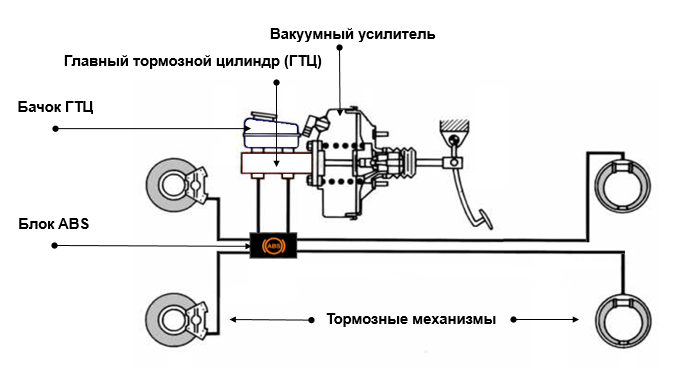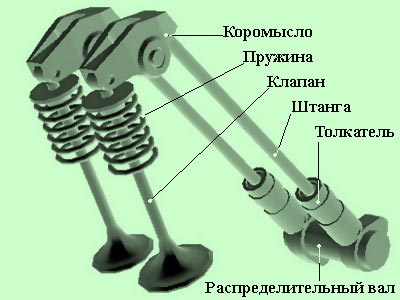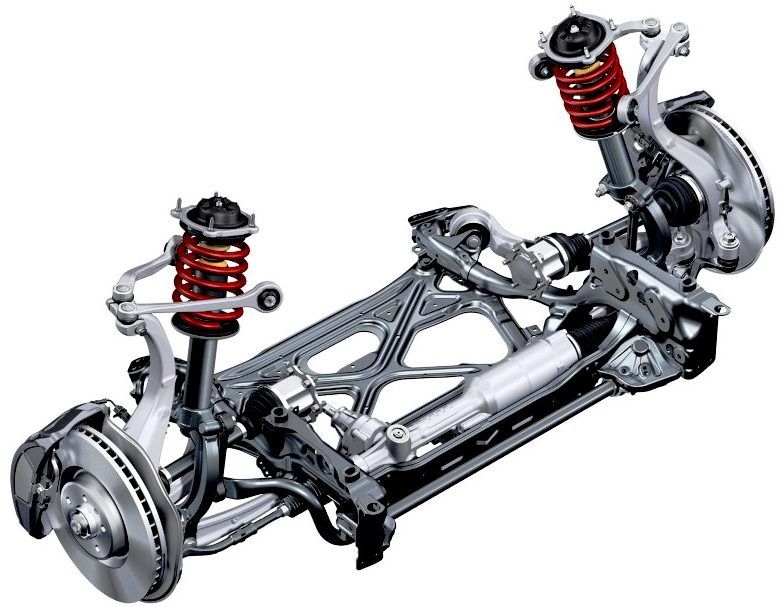
Brake system - device, operation, general problems
Content
- Brake system - design
- How does a car's braking system work?
- Brake system - different starting methods
- Brake system and components that often fail
- Automotive brakes - check the fluid regularly!
- The brake system requires the right fluid
- What does hard brake mean? This is an important symptom.
- Brake system of the car and soft pedal
- Brakes in the car and related frequent mistakes of mechanics
Every year, a faulty brake system leads to dangerous accidents. In 2018, as many as 38 accidents were fatal due to negligence, resulting in the death of 7 people and injuries to 55. This clearly shows that the brake in the car should work properly. To be sure that this element of your car is working, you need to find out how the whole system works and what problems cars most often face. Learn about the design of the brake system and its components. Thanks to this, you will be a conscious and responsible driver who cares about your safety and the safety of other road users. Read our article!
Brake system - design
The braking system in a car is quite simple. This means that even an amateur can get to know it well enough and understand how it works. Brakes fail relatively rarely, but they should be checked regularly. First you need to find out how the whole mechanism works. The brake system of the car consists of:
- brake pump,
- brake booster,
- pompous ABS,
- brake lines,
- brake calipers,
- shields and blocks.
The last elements wear out the fastest, so when operating the car, pay special attention to them and replace them if necessary. The discs are attached to the wheel hub and are responsible for stopping the car.
How does a car's braking system work?
Each car model has a slightly different design, but there is a general principle of operation of the entire system. Today, most vehicles use Pascal's law, which determines the pressure in a fluid. It was formulated in the middle of the seventeenth century, but is still relevant today. Therefore, the standard brake system has a constant pressure in the hydraulic system. Thus, it repeatedly increases the load on the working bodies and is able to effectively stop even a racing car.
Brake system - different starting methods
The brake system may have a different structure. Therefore, it is often divided according to the launch method. There are hydraulic, mechanical, pneumatic and mixed systems. However, no matter what exactly you're dealing with, its operation is basically the same. However, differences may affect the method of repair or the cost of replacing parts.
Brake system and components that often fail
Common faults include problems with the distributor pump or its wiring. Holes may appear on them, and rust may appear on the entire structure. This mainly applies, for example, to older vehicles that are exposed to moisture. Brake calipers also have pistons that can cause problems. If they stick or start to seize, the brake pad may not press against the rotor. As a result, you will not be able to stop the car.
Automotive brakes - check the fluid regularly!
In order for your car to work properly, all of its components must be in good condition. You also need to take care of the fluid in the brake system. It is he who transmits the pressure created in the pump to the clamps or hydraulic cylinders. But that's not all! Its properties allow to slow down corrosion. The liquid should be changed regularly, as over time more and more water appears in it, and therefore the substance ceases to do its job. Also, be careful not to leak liquid, as a decrease in pressure in the system can immediately cause the entire system to stop working.
The brake system requires the right fluid
If you do not need it, do not change the brand of brake fluid. Always use the one recommended by the car manufacturer as it will most likely work best for your car. Do not forget that there are different grades, densities and even compositions. This means that not all of them will work correctly in your car. Always rely on the highest quality fluids if you want to ensure the longevity of your vehicle's braking system.
What does hard brake mean? This is an important symptom.
An efficient braking system means everything runs smoothly, so the deceleration pedal should be pushed with little resistance. Therefore, if you notice sudden braking, react immediately. Most often, the source of this problem is the old brake fluid, which has not been changed for a long time. However, this can also mean more serious problems, such as sticking pistons in brake calipers. The brake system in which this problem occurs has probably not been properly maintained for a long time. However, sometimes it may turn out that the rubber plug caps have not been replaced.
Brake system of the car and soft pedal
It happens that the brake system does not have a hard, but too soft pedal. You also need to pay attention to this, because such a problem may mean that there is air in the car. This could happen, for example, during repairs when the mechanic did not ventilate the car well. How to deal with this problem? If your vehicle has an ABS system, you must start the engine and fully depress the brake pedal. You will probably need to do a dozen reps to even out the pressure. Do not forget that the master cylinder should not work for more than two minutes. Otherwise, it risks overheating.
Brakes in the car and related frequent mistakes of mechanics
Even a professional and meticulous mechanic can sometimes make a mistake. For this reason, it is worth knowing the common mistakes that occur when repairing the brake system. One of them is poor-quality cleaning of the wheel hub when replacing discs. How to do it? Hubs must be cleaned using specially prepared products. Another common negligence is the failure to check the brake hoses. In some vehicles, they should be checked at least once every 10 years, so if you have an older car, be sure to keep this in mind.
The braking system is an extremely important mechanism in every car. You must monitor its condition and monitor its full performance. Especially in unforeseen situations on the road, you will appreciate your previous brake care. It's easy to get into an accident, and a working system will certainly greatly increase your safety while driving.

